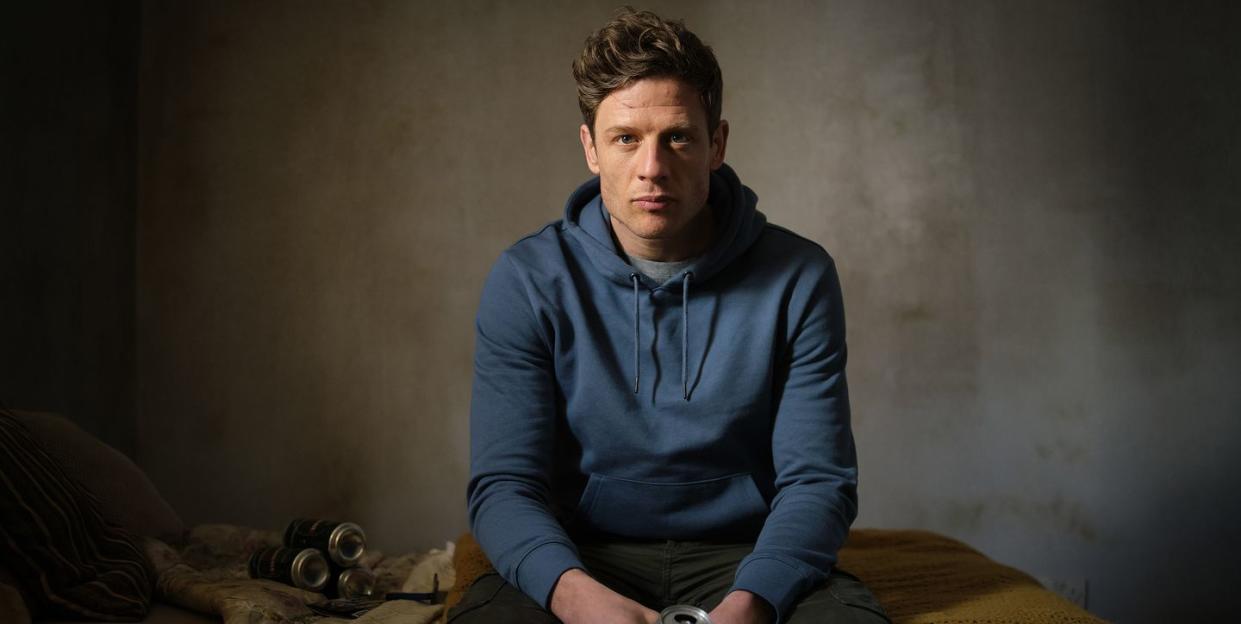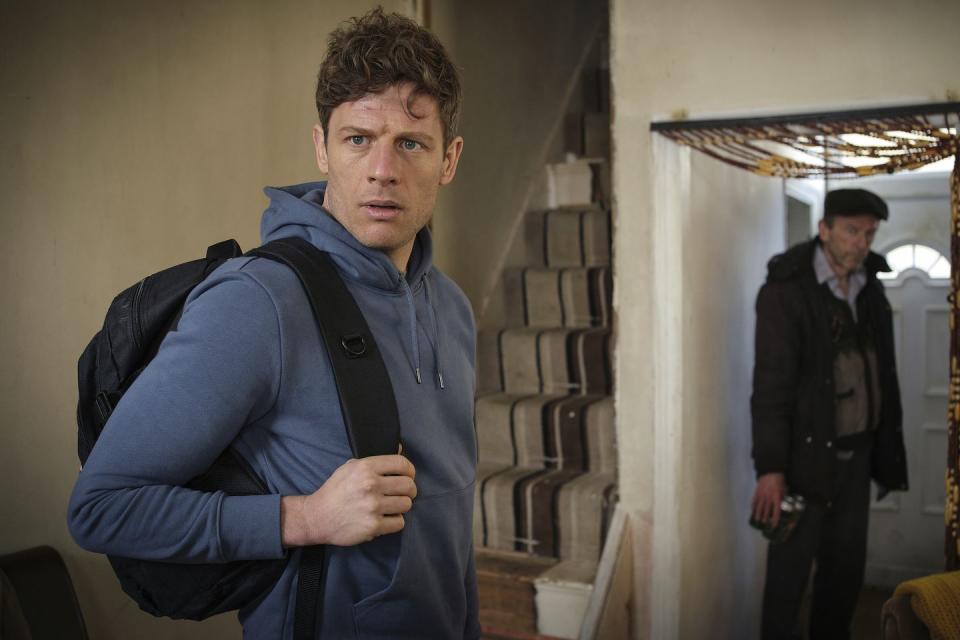The problem with the entertainment industry casting physically attractive psychopaths

The nation has been gripped – understandably so – by Happy Valley. From the BBC drama’s launch in 2014 through to its tense conclusion last night, the performances have remained consistently compelling, with Sarah Lancashire’s outstanding portrayal of Catherine Cawood a joy (albeit mostly devastating) to watch. Opposite Lancashire is James Norton – the charismatic actor known for playing a charming vicar in Granchester, often cited as a contender for the next 007; chiselled jaw, piercing gaze, great hair. Of course, here, he’s playing the killer Tommy Lee Royce, but what’s not to like?
Therein lies the problem. This matters because there are so many victims of real crimes out there, and it’s devastating for them to watch dramas where psychopaths are put centre stage, in productions that bring in record-breaking viewing figures (11 million people have watched this final series’ first episode, so far). The last thing any of us want is for media in which violence and sexual assault are fictionalised as exciting or thrilling to lead to an increase in these crimes in our culture.
This is far from the first time a casting director has chosen a good-looking actor with a repertoire of romantic leads to suddenly portray a violent criminal. We’ve already seen Kurt Russell in Tarantino’s Death Proof, Jamie Dornan in The Fall and perhaps even more unlikely, Zac Efron playing the American serial killer Ted Bundy. All these actors gave brilliant performances, but they all raised an uncomfortable question: as a viewer, should we ever find a serial killer attractive?
Part of the problem is that it’s hard for viewers to separate their feelings for a character played by a well-known actor (admiration, affection, even lust), from their new role. Jamie Dornan is the classic example of this. Going from Christian Grey in Fifty Shades of Grey to Paul Spector in The Fall was an almost impossible leap for the audience to make without feeling some sense of confusion. So could casting directors simply use lesser known actors to play the crucial role when delving into such dark subject matter? Entertainment economics usually make a ‘big name’ imperative to guarantee high viewing figures. More crucial, though, is fulfilling the brief. Some roles simply have to be filled by an actor with looks and charm. So what’s the knock-on effect? Do film and television production companies have to be more careful about the impression they give of characters like Tommy Lee Royce? The answer lies in issues of portrayal and intent.

Happy Valley has never shied away from the worst subject matter. There’s plenty of brutality and emotive content in Sally Wainwright’s storytelling, from general violence and suicide to murder and sexual assault. The clever thing here is that the production manages to make us feel like we saw everything without putting the worst of it on the screen. The producers trod a fine line and pulled it off; even the harshest critic couldn’t complain that there’s any glamour in the subject matter itself. Even with dashes of humour and moments of poignant interaction, the overall tone has been painstakingly grim.
As for the Tommy Lee Royce character, it’s not feasible to expect that there will never be a good-looking psychopath, either in fiction or real life. This is part of what sets off cases of hybristophilia – an obsessive attraction towards convicted criminals. Ted Bundy, for example, had a large, ardent female following. In this regard, in Happy Valley, art is just imitating real life and James Norton was well cast.

But glamorising serial killers doesn’t happen exclusively due to audiences finding an actor physically attractive – framing, storytelling and character development all play vital roles. It’s hard to watch Silence of the Lambs without hoping that Dr Hannibal Lecter will escape at the end, in spite of the truly awful crimes he committed. Sometimes it’s about giving the psychopath a sympathetic edge, natural intelligence or a great sense of humour. These things are all vital when building three-dimensional characters, and without that layering and nuance, most crime dramas and thrillers would fall pretty flat.
What’s key in avoiding portraying serial killers, or any character who does terrible things, as attractive or compelling, is how the rest of the script unfolds. Getting this balance right involves following three simple rules: their crimes should never be excused or minimised; the impact of those crimes on the victim and their nearest and dearest should always be forefront in the viewer’s mind; and, most importantly, the serial killer should never get their happily ever after.
You Might Also Like


